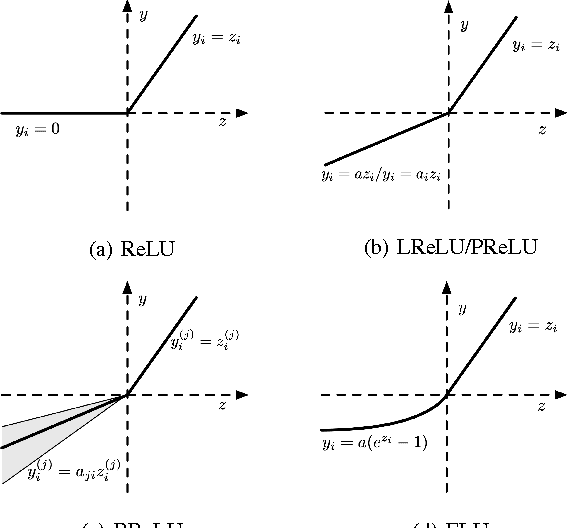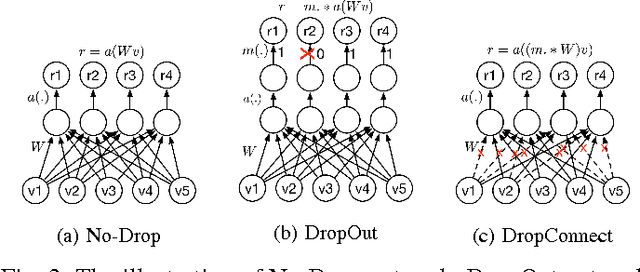Lianyang Ma
Towards Human-level Intelligence via Human-like Whole-Body Manipulation
Jul 23, 2025Abstract:Building general-purpose intelligent robots has long been a fundamental goal of robotics. A promising approach is to mirror the evolutionary trajectory of humans: learning through continuous interaction with the environment, with early progress driven by the imitation of human behaviors. Achieving this goal presents three core challenges: (1) designing safe robotic hardware with human-level physical capabilities; (2) developing an intuitive and scalable whole-body teleoperation interface for data collection; and (3) creating algorithms capable of learning whole-body visuomotor policies from human demonstrations. To address these challenges in a unified framework, we propose Astribot Suite, a robot learning suite for whole-body manipulation aimed at general daily tasks across diverse environments. We demonstrate the effectiveness of our system on a wide range of activities that require whole-body coordination, extensive reachability, human-level dexterity, and agility. Our results show that Astribot's cohesive integration of embodiment, teleoperation interface, and learning pipeline marks a significant step towards real-world, general-purpose whole-body robotic manipulation, laying the groundwork for the next generation of intelligent robots.
Multi-scale Cooperative Multimodal Transformers for Multimodal Sentiment Analysis in Videos
Jun 17, 2022



Abstract:Multimodal sentiment analysis in videos is a key task in many real-world applications, which usually requires integrating multimodal streams including visual, verbal and acoustic behaviors. To improve the robustness of multimodal fusion, some of the existing methods let different modalities communicate with each other and modal the crossmodal interaction via transformers. However, these methods only use the single-scale representations during the interaction but forget to exploit multi-scale representations that contain different levels of semantic information. As a result, the representations learned by transformers could be biased especially for unaligned multimodal data. In this paper, we propose a multi-scale cooperative multimodal transformer (MCMulT) architecture for multimodal sentiment analysis. On the whole, the "multi-scale" mechanism is capable of exploiting the different levels of semantic information of each modality which are used for fine-grained crossmodal interactions. Meanwhile, each modality learns its feature hierarchies via integrating the crossmodal interactions from multiple level features of its source modality. In this way, each pair of modalities progressively builds feature hierarchies respectively in a cooperative manner. The empirical results illustrate that our MCMulT model not only outperforms existing approaches on unaligned multimodal sequences but also has strong performance on aligned multimodal sequences.
Recent Advances in Convolutional Neural Networks
Oct 19, 2017


Abstract:In the last few years, deep learning has led to very good performance on a variety of problems, such as visual recognition, speech recognition and natural language processing. Among different types of deep neural networks, convolutional neural networks have been most extensively studied. Leveraging on the rapid growth in the amount of the annotated data and the great improvements in the strengths of graphics processor units, the research on convolutional neural networks has been emerged swiftly and achieved state-of-the-art results on various tasks. In this paper, we provide a broad survey of the recent advances in convolutional neural networks. We detailize the improvements of CNN on different aspects, including layer design, activation function, loss function, regularization, optimization and fast computation. Besides, we also introduce various applications of convolutional neural networks in computer vision, speech and natural language processing.
 Add to Chrome
Add to Chrome Add to Firefox
Add to Firefox Add to Edge
Add to Edge